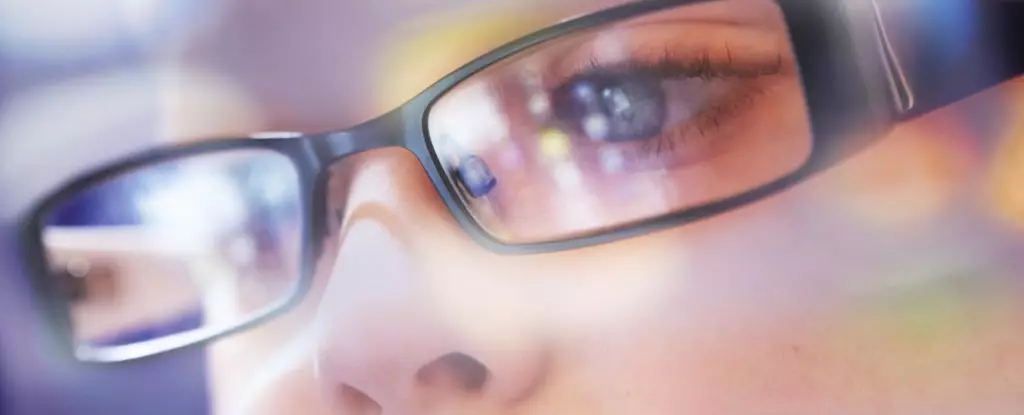In recent years, the prevalence of myopia, commonly referred to as shortsightedness, has escalated to alarming levels, becoming a significant public health issue. Recent statistics indicate that if current trends persist, approximately 740 million children and adolescents may be affected by this condition by the year 2050. The data suggests a global crisis, particularly acute among the youth, with estimates drawn from a substantial review of research from fifty countries as recent as 2023. Contrary to earlier predictions that used data available only until 2015, these newer projections underscore the rapidly rising rates of myopia, raising concerns about the potential long-term impacts on vision health worldwide.
Various studies have highlighted the global increase in myopia, with a rise in prevalence from 24% in 1990 to 36% in 2023 among those aged 5 to 19. This striking increase is accompanied by troubling high statistics from specific regions; for instance, Japan reports that a staggering 86% of its children and adolescents are now affected by shortsightedness. In stark contrast, nations such as Paraguay show significantly lower rates, measuring merely 0.84%. This disparity raises questions about the underlying factors that contribute to these variances in myopia prevalence across different geographic and cultural contexts.
While genetics undeniably influence the likelihood of developing myopia, emerging research indicates that environmental and lifestyle factors increasingly play a pivotal role in this condition’s growth. The COVID-19 pandemic has provided a unique lens through which to examine this phenomenon, as numerous studies have shown that the forced confinement during lockdowns has correlated with a notable increase in myopia among children. Reports from Hong Kong, for instance, documented a swift rise in the rates of shortsightedness among young children during this period, connecting the dots between limited outdoor activity and increased screen time.
The connection between reduced outdoor time and escalating myopia rates is particularly compelling; it is suggested that outdoor play might mitigate the risk of developing shortsightedness. Authors of the recent global review argued that this effect could be particularly pronounced for preschool-aged children, a critical group for visual development. The increased reliance on virtual learning and screen-based activities further exacerbated the situation, leading to prolonged periods of eye strain that many children are now facing.
Geographical studies show stark differences in myopia prevalence worldwide, notably between continents. While Asia has reported myopia rates nearing 70% by 2050, regions like Africa demonstrate significantly lower figures, with myopia among children and adolescents being seven times lower than in Asia. This pattern raises intriguing questions regarding educational practices and their relationship to myopia rates. For instance, in countries such as Singapore and Hong Kong, early engagement in educational programs often begins at ages as young as two or three. Researchers theorize that this early exposure to formal education could be a contributing factor to the higher rates of shortsightedness in such populations.
Moreover, while education is essential for childhood development, the pressure it entails might inadvertently contribute to increased myopia rates. As more children enter rigorous educational regimes earlier, the demand for close-up focus increases, potentially leading to higher rates of shortsightedness. Understanding the intersection of education, environment, and lifestyle is crucial to unraveling the complexities surrounding the rise of myopia.
With the rising tide of myopia among youth, there is an urgent call to action for researchers, public health officials, and educators alike. Identifying the root causes of myopia’s rapid increase is essential for developing effective public health strategies aimed at prevention and management. Evidence-based approaches are critical, particularly in light of the significant shifts observed during the COVID-19 pandemic, which dramatically shifted how children interact with their learning environments.
This global crisis requires coordinated efforts for monitoring and studying variations in myopia rates, considering factors such as ethnicity and geography. As we proceed into an increasingly digital world, it is crucial to prioritize outdoor activity and limit screen exposure for children, balancing educational demands with health considerations. Only through diligent research and proactive measures can we hope to safeguard the visual health of future generations from the looming threat of myopia.

